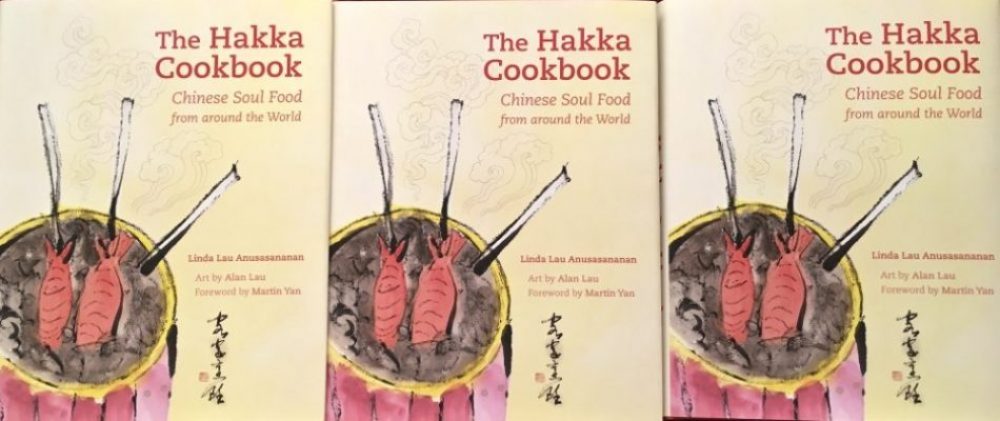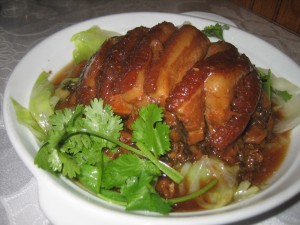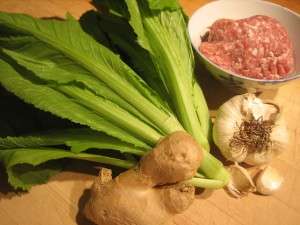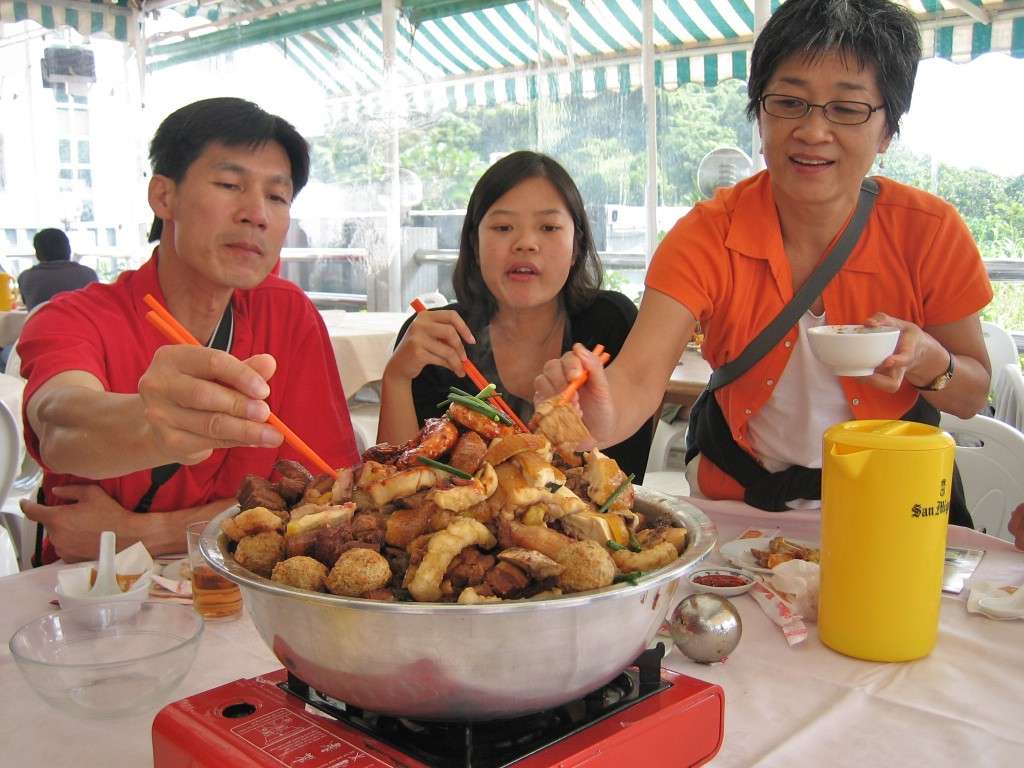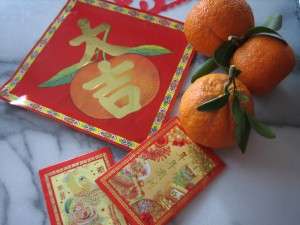 Wishing you a prosperous new year! Khiung Hee Fat Choy! Welcome to the Chinese year 4713 on the lunar calendar that begins on February 19, 2015.
Wishing you a prosperous new year! Khiung Hee Fat Choy! Welcome to the Chinese year 4713 on the lunar calendar that begins on February 19, 2015.
This is the year of the goat, (also called ram or sheep). Chinese celebrate for about two weeks with family reunions, festive banquets, symbolic decorations, red envelopes filled with money, and good wishes. The new year signals a time for renewal and is also called The Spring Festival.
Many foods eaten during the celebration have symbolic meanings. They may resemble or their name sounds like something that is auspicious. For instance spring rolls look like gold bars, kumquats resemble gold coins, open clams represent new opportunities, green vegetables suggest growth in business, noodles symbolize long life.
In preparation for talks I am giving later this month, I posted a question in an international Hakka group on Facebook. I asked them “Do you serve any special Hakka dishes for Chinese New Year?”
Here are some of the answers I received. Some are regional specialties or Hakka classics. Some are fancy dishes; others beloved humble family favorites. Responses came from Hakka from all over the world so the spelling for the Chinese names may differ than what you know. Maybe you will see some of your favorites here.- Pork belly with preserved mustard greens (kiu ngiuk moi choi)
- Steamed minced pork with egg (choo nyuk jin gai choon)
- ABC soup (lo song tong): soup with potato, carrot, onion, red dates, dry groundnuts, goji berries, meat or chicken carcass
- Steamed fish with pickled mustard greens, red dates, tomato, and lily buds
- Fried duck with plum sauce
- Yellow wine chicken (wong jiu gai)
- Pineapple chicken
- Buddhist vegetarian stew (lo hon zai) Eaten on the first day of new year
- Steamed chicken with salt (pak zm gai)
- Fish maw soup (oem biao tong)
- Sweet and sour duck (son moi ap)
- Braised stuffed oysters with fat choy, and chestnuts (ngiong haw see)
- Slice of pork liver wrapped in caul fat
- Steamed fish with Chinese white radish in sweet and sour sauce (lo ped oem)
- California squid with salted mustard green (ham choy)
- Dried squid with celery
- Stir-fried chicken with arrow root and vegetables
- Surinamese Hakka-style chow mein made with spaghettini
- Eight treasures duck (pat mui ap)
- Black bean beef bone soup
What’s your favorite Chinese New Year dish? Here are some Hakka specialties featured in The Hakka Cookbook. Have a delicious and Happy New Year! Khiung Hee Fat Choy!
